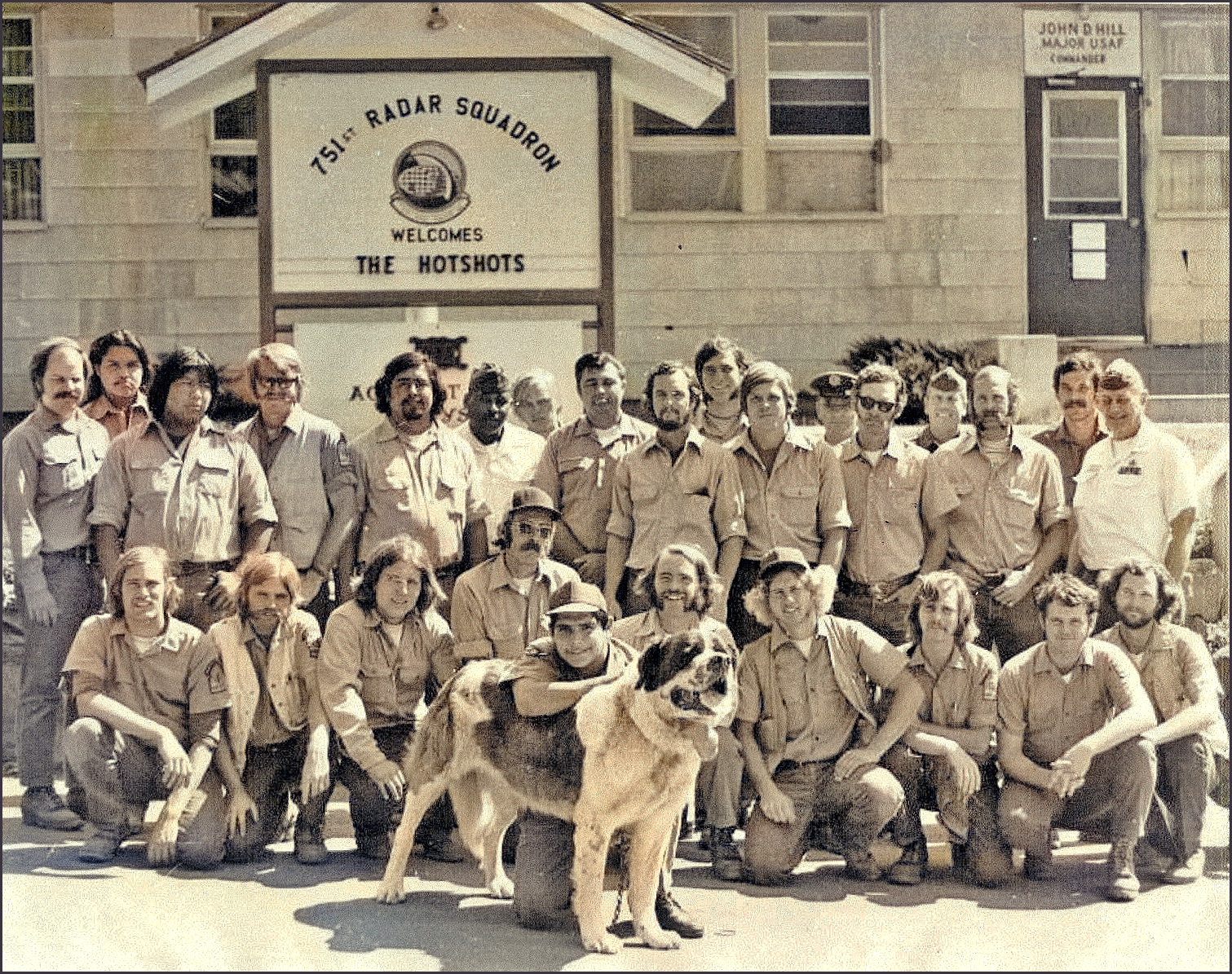By Lance Gomez
It is with profound sadness that I write to announce the passing of a beloved community staple, coworker, friend, partner and father, Mark Gomez, 67.

He passed away after a brief, yet fierce, battle with a respiratory illness. A light to all those who knew him, Mark “GoGo” Gomez was fittingly born in Los Alamos, New Mexico, known as the land of Enchantment, on Nov. 19, 1956. The middle child of Hilario and Emily Gomez, he learned from an early age how to become the glue that holds people together through laughter, storytelling and love. His early years were spent hunting and fishing in New Mexico, with some time spent in San Diego, where he honed his love of surfing and baseball. Both locations molded my father into the avid outdoorsman he was for the rest of his life.
After graduating from Pojoaque High School in 1974, this same love for the outdoors led him and his first wife, Wendy Friedman, to La Grande, Oregon, nestled deep among the forests and rivers he called home for the rest of his life. After two beautiful children, Sari and Lance, Wendy and my father parted ways. He settled into his careers at Blue Mountain Sports and on the Union/La Grande Interagency Hot Shot crews, where he forged his lifelong friendships and met my mother, Trish Wallace, his forever partner.
The next 37 years for them were filled with adventure, from backpacking across Mexico and mountain biking through Moab to skiing the mountains of the Northwest, hiking in the Eagle Cap Wilderness and firefighting during the summers on the La Grande and Union interagency crews. From fire to fisheries and recreation to engineering, my dad got to live out his passions in his work alongside his La Grande Ranger District family up until his retirement in 2019.
If I had to describe my dad in one word, it would be “fire.” Fire, for the job he cherished and the coworkers-turned-friends-turned family. Fire for his passion of fishing, exploring, and all things outdoors that fueled his career and lifestyle. Fire, for the one he lit under you when he saw your potential and pushed you toward it. Fire, because though sometimes it will burn you, it will always keep you warm and help you find your way.
In his last days, Dad’s doctor told us that “love cannot be divided, it only can multiply.”
Anyone who was lucky enough to know my dad knows this to be true. To know him is to feel infinite bounds of love. Whether he was yelling at you or for you, he was always in your corner, and I like to think we were all better people for being a part of his life. I dream he is at peace now, fishing and exploring on the great river of life. When the wind blows hard through the trees or thunder rolls in the distance, know that is my dad, sharing a bit of himself with you from above.
After many years apart, he joins his mother and father, and his oldest and youngest brothers in the afterlife. He is survived by his spouse, Trish; his sister, Cheryl; his brother, Jeff; his nieces and nephews, who adore him; his children, Sari, Lance and Logan; and his grandchildren, Tuko and Tule.
A celebration of his life will take place on May 11 starting at 1 p.m. at the Hot Lake RV Park at 65182 Hot Lake Lane, La Grande. Bring a potluck side dish and some stories. Hawaiian shirts are most certainly encouraged. Online condolences may be made to the family at lovelandfuneralchapel.com


 We’d love to see anyone who was on the crews before, during, and after we were around, and anybody associated with AFS in any capacity since the beginning of time.
We’d love to see anyone who was on the crews before, during, and after we were around, and anybody associated with AFS in any capacity since the beginning of time.






